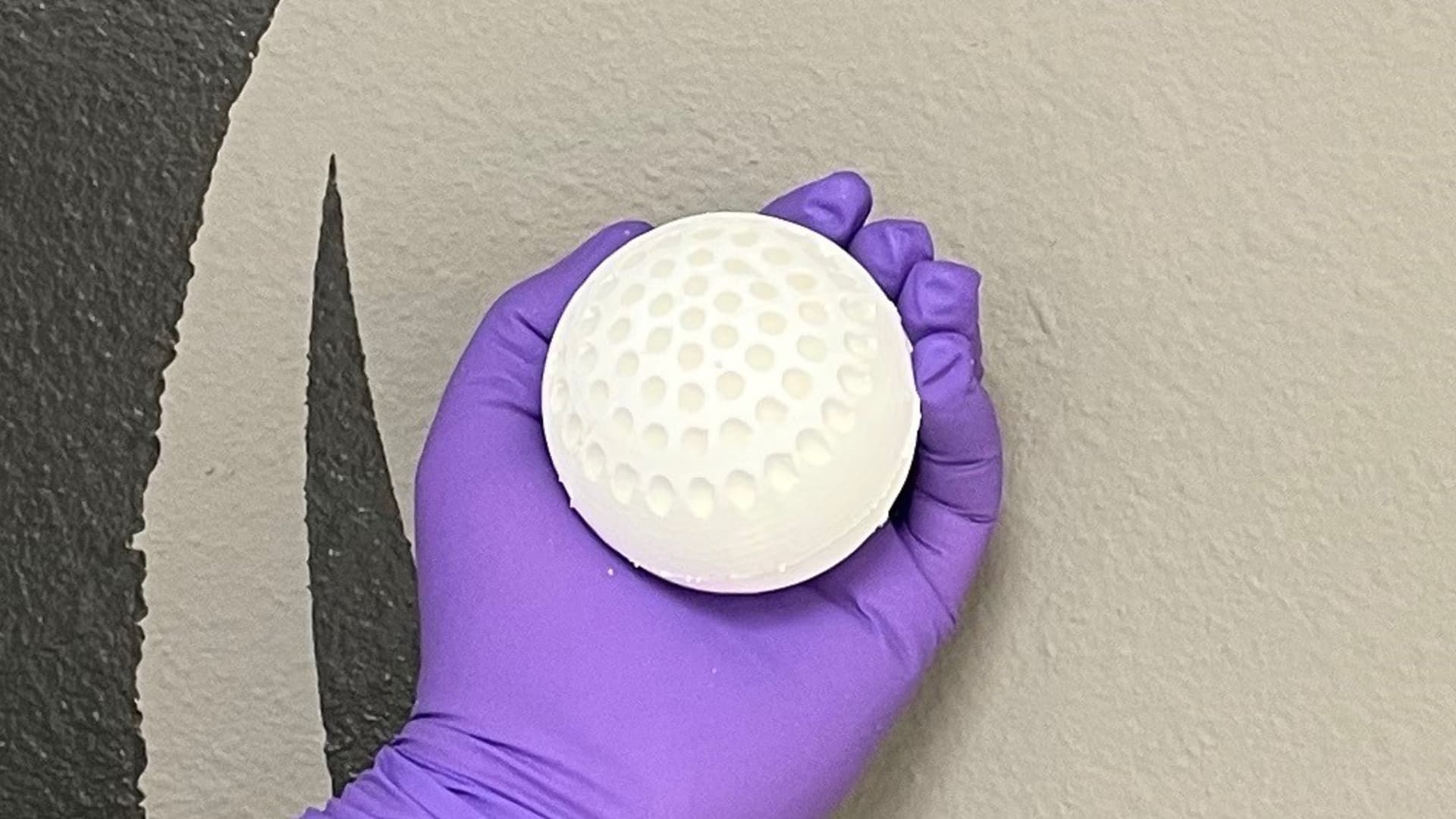Carbon dioxide (CO2) removal through capture and permanent sequestration or repurposing are technologies still in their infancy. Yet, they are being promoted as proven by energy companies, governments, and the upcoming attendees at COP28.
The sixth synthesis report of the International Panel on Climate Change (IPCC) was published on March 20, 2023. It noted that the technology was critical to CO2 mitigation for power, cement, oil, coal, natural gas and chemical production industrial sectors. It further stated that to keep to the 1.5 Celsius (2.7 Fahrenheit) warming limit, between 350 and 1,200 gigatons needs to be captured. A gigaton is one billion tons.
CO2 removal (CDR), carbon capture and storage (CCS), carbon capture utilization and storage (CCUS), and direct air capture (DAC) are the technologies and terms used by this nascent industry.
The global inventory of CCS projects in 2022 included 30 operational, 11 under construction and 153 in different stages of development. The total capacity of these projects would capture 244 million tons annually or 0.244 gigatons. So we have a long way to go to make this version of CDR impactful.
CCUS projects have been in use in recent years with the International Energy Agency (IEA) stating that of the 231 megatons of CO2 captured annually, 130 megatons are used in the manufacture of fertilizers and urea, and 80 megatons get pumped into old oil fields to enhance extraction. CO2-based synthetic fuels, chemicals, and concrete are estimated to yield 10 megatons annually by 2030.
The biggest challenge for CCUS future projects is the need to capture CO2 directly from the air (DAC) or biogenic sources. The IEA estimates that planned projects by 2030 would contribute 4 megatons annually to the total CO2 captured by these types of projects.
Where Carbon Orchard Fits In Related to CDR
Carbon Orchard is a DAC technology. The company behind it is called Spiritus, a Los Alamos, New Mexico startup with a technology that can remove CO2 from the air at a cost of less than $100 per ton.
The key is the use of a novel, reusable, lung-like material (see the image below) to capture CO2 which then can be released into storage or fed to different manufacturing facilities. The Spiritus Sorbent and novel desorption process make up the Carbon Orchard, a passive system to bind CO2 that uses far less energy than other DAC technology on the market today.

When you think of Carbon Orchard, you may picture a forest of artificial trees. But if the image appearing at the top of this posting is any indicator, that’s not what a Carbon Orchard looks like.
The company’s CEO, Charles Cadieu, states that other DAC technologies need high heat and lots of energy whereas Carbon Orchard does not. He claims that the technology will be far more efficient than trees and require a smaller footprint than a forest. Unlike forests, where trees die or are burned by wildfires which releases the CO2 back into the air, the gas that a Carbon Orchard captures is permanently contained until used for industrial purposes or for putting into permanent sequestration.
A recent press release quotes Cadieu who states that a Carbon Orchard is “able to remove about 1,000 times more CO2 than a forest can….far more efficient than forestry for removing CO2 from the atmosphere per acre.”
Each Carbon Orchard features a tower containing its efficient adsorption ‘fruit’ which are harvested and placed in a low-temperature container where the gas is released. The ‘fruit’ is then returned to the Carbon Orchard for reuse. The adsorption-desorption process uses half the energy of current DAC technology competitors. A Carbon Orchard can be rapidly scaled and deployed to increase the volume of CO2 captured and removed. It is flexible in design to make it easy to locate close to manufacturers who want to use the captured CO2.
In September 2023, the company announced that its technology had been selected by Stripe, Shopify and the H&M Group to meet their CO2 capture and utilization requirements.
When will we see the first Carbon Orchard deployed? At the time of this posting, no target date for the first deployment had yet to be announced.
















